The Metropolitan Museum Of Art
18th century furniture pieces at the
Metropolitan Museum of Art
The Metropolitan
Museum of Art from NYC is one of the greatest museums of the world. Its permanent
collection contains more than two million works of art. From this two million, I
chose for this presentation ten that really impressed me. I liked very much the
fully furnished hotel rooms from around 18th century.
You can find a whole wing only with these big
rooms. Some of them are dining rooms, living rooms and also bedrooms. I was
amazed of the detail of the furniture. You can see that all the pieces looked
complex and had their unique design. I selected tree rooms that really
impressed me and I will start with a dining room from a hotel in the Cours d’Albert,
Bordeaux, France. This is a small dining room with red furniture. Hanging in
the middle of the room you can see candle chandelier. And under the chandelier
it is a small table set up for breakfast. In the background surprised me to
find a sculpture of a woman. The next room that attracted my attention was this
bedroom with a huge bed. Is this big bed like 4 or 5 feet high and has a canopy
close to the ceiling. This is a room from the Hotel Lauzun. A chandelier is
present also over here with some crystals hanging from. And the last but not
least is a very fancy living room from the Hotel Varengeville. The room has
high ceilings and a very sparkling chandelier. The room has a table in the
middle and is surrounded by arm chairs. On the back wall is a huge mirror with
a fireplace under.
I can talk about many others but this three
attracted my attention the most. All rooms are from hotels or castles from
around the world (mostly France) and the complexity of them is amazing.
The Rooms
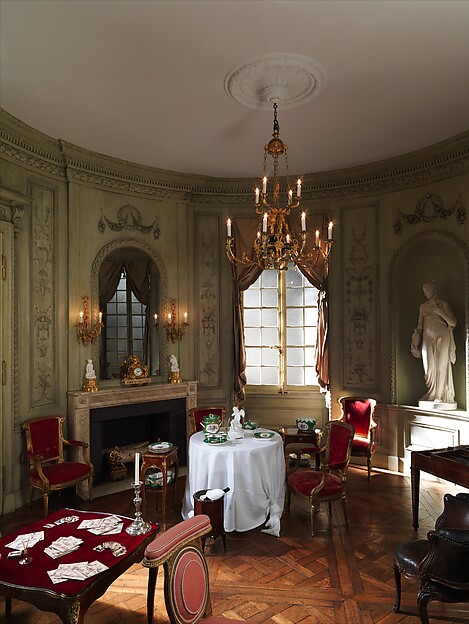
Carving
attributed to Barthélemy Cabirol (1732–1786)
Date:
ca. 1785, with later additions
Accession Number: 43.158.1
---------------------------------------------------------------------------------
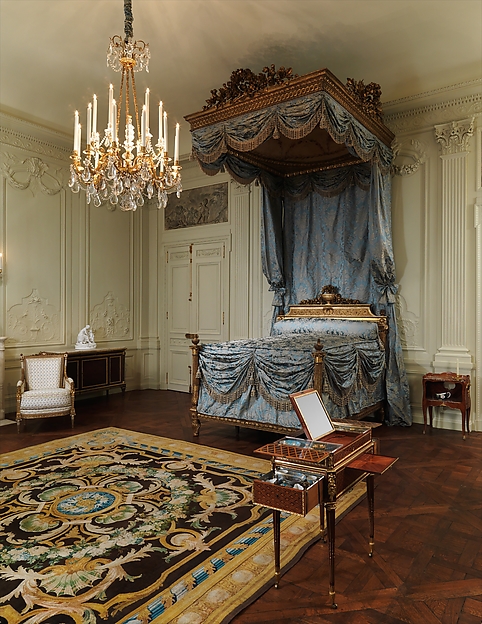
Date:
ca. 1770, with one modern panel
Accession Number: 1976.91.1
---------------------------------------------------------------------------------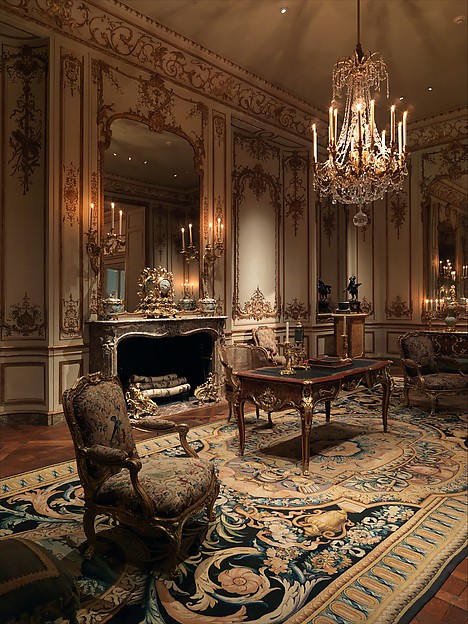

Date:
ca. 1736–52, with later additions
Accession Number: 63.228.1.
---------------------------------------------------------------------------------

After a
design by Robert Adam (British, Kirclady, Scotland 1728–1792 London)
Date:
1766–69
Accession Number: 32.12
---------------------------------------------------------------------------------
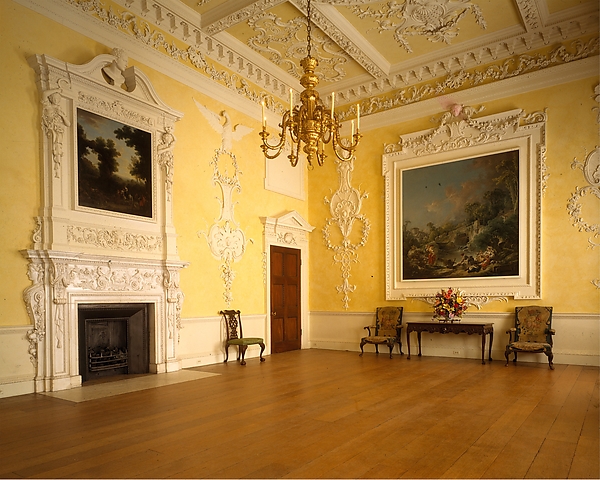
John
Sanderson
Date:
1748
Accession Number: 32.53.1
---------------------------------------------------------------------------------

Pierre-Adrien
Paris (1747–1819)
Date:
ca. 1777–80
Accession Number: 44.128
---------------------------------------------------------------------------------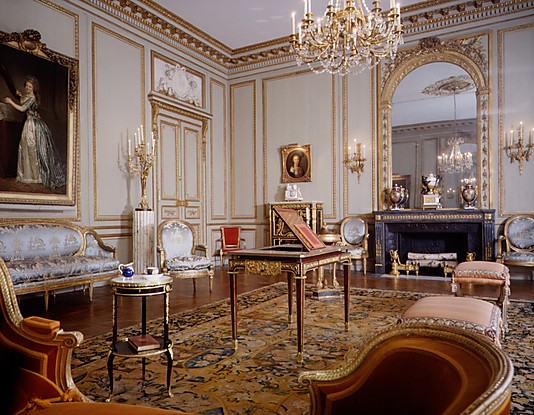

Contracted
by Louis Le Tellier (ca. 1700–1785)
Date:
1768–72, with later additions
Accession Number: 42.203.1
---------------------------------------------------------------------------------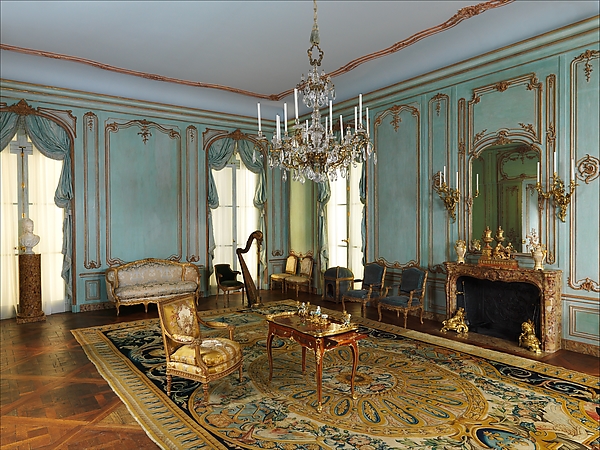

Designed
by architect Isidor Canevale (1730–1786)
Date:
ca. 1765–72, with later additions
Accession Number: 63.229.1
---------------------------------------------------------------------------------

Room
after a design by Robert Adam (British, Kirclady, Scotland 1728–1792 London)
Date:
1763–71
Accession Number: 58.75.1–.22
---------------------------------------------------------------------------------
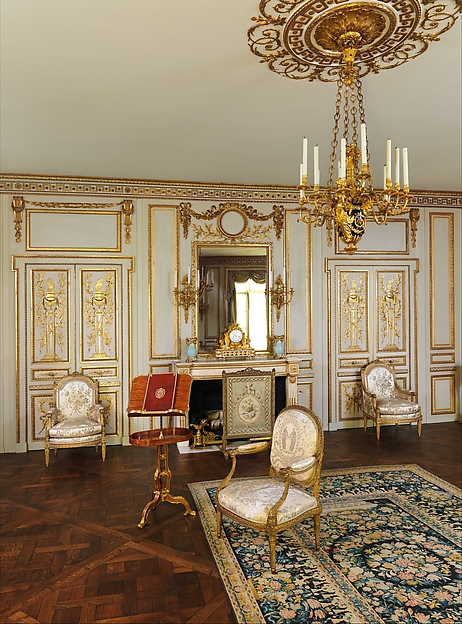
Date:
ca. 1774, with later additions
Accession Number: 1972.276.1
--------------------------------------------------------------------------------
boi·se·rie
[bwah-zuh-ree] Show IPA
noun
sculptured paneling, especially that of French architecture in the 18th century.






